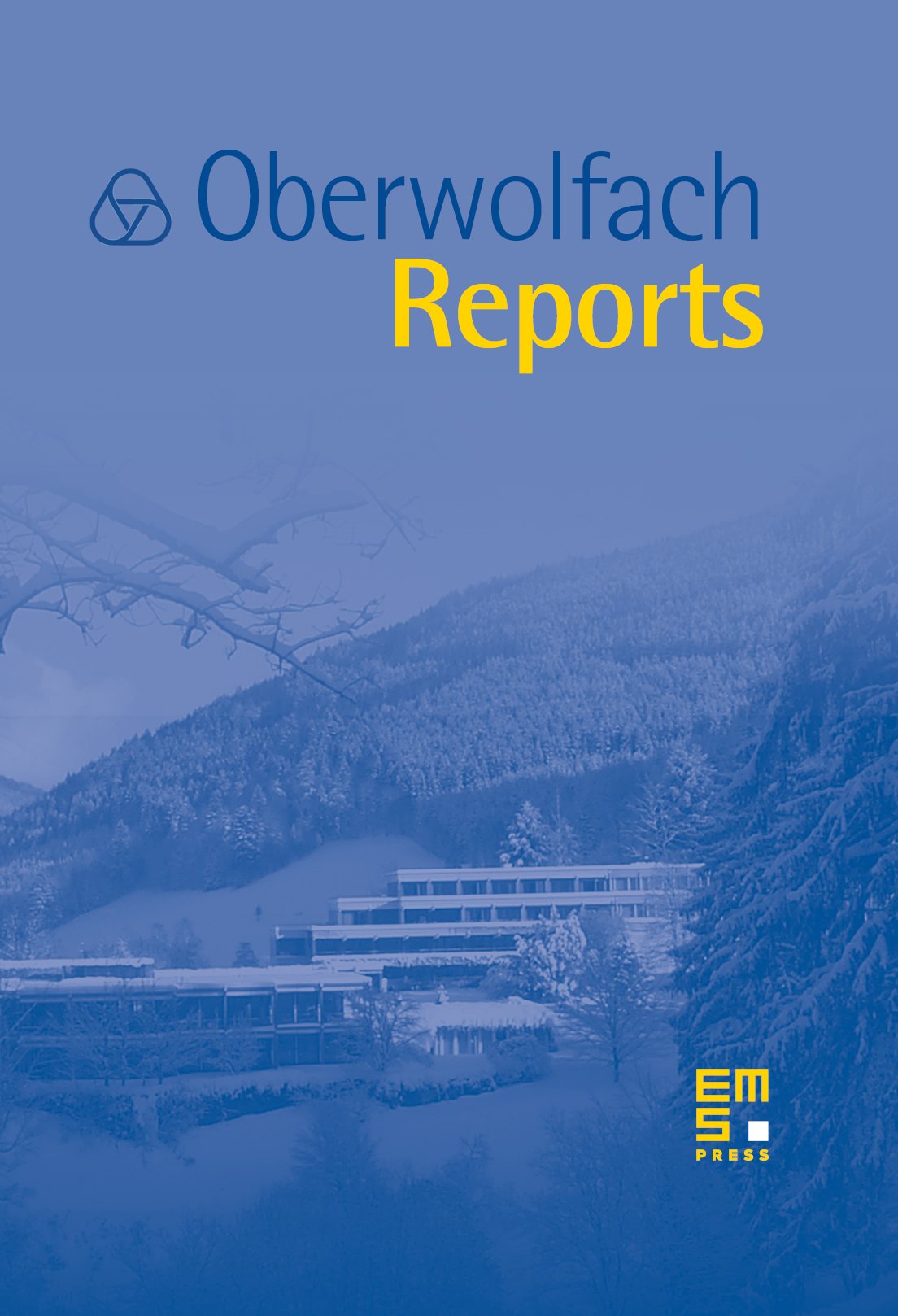Mini-Workshop: Geometry and Duality in String Theory
Sylvie Paycha
Université Blaise Pascal, Aubière, FranceTsou Sheung Tsun
Oxford University, UKXenia de la Ossa
Oxford University, UK

Abstract
This mini-workshop brought together 13 women geometers and physicists interested in recent developments in String Theory.
The topic of this meeting, Geometry and Duality in String Theory, was chosen because of its present central role in theoretical physics, and because of the richness of the geometric tools involved in the various notions of duality arising in string theory. The scientific aim was to strengthen the bridge between mathematicians and physicists applying and developing these tools to analyse and exploit these notions of duality. The workshop's interdisciplinary nature also aimed to encourage further interaction between women mathematicians and physicists. Every participant gave a talk in a subject relevant to the main topics of the workshop. The areas covered by the talks were: AdS/CFT correspondence (C. Nuñez, A. Grassi), mirror symmetry (X. de la Ossa, A. Grassi, K. Wendland), open-closed string dualities (A. Grassi), electric-magnetic duality (Tsou S. T.), K-theory (S. Shafer-Nameki), Singularities of Calabi-Yau manifolds and the McKay correspondence (T. Friedmann, A. Degeratu, Y. Ito), Conformal Field Theories (K. Wendland, S. Shafer-Nameki, C. Nuñez), symmetries of M-Theory (A. Taormina), current cosmological results and phenomenological constraints on String Theory from cosmological data (S. Paban), arithmetic of Calabi-Yau manifolds (S. Kadir), and discrete curves and the Toda-Lattice (N. Kutz). It was very satisfying to see that the dynamics of the workshop was so positive and interesting, and all talks were very well delivered. We had plenty of time for informal discussions, and collaborations were highly encouraged. Indeed, several promising collaborations did start then.
The idea of such a mini-workshop, with only women speakers, arose from a scientific gathering of women mathematicians and physicists present at the European Women in Mathematics meeting held in Malta in August 2001. Clearly, the reasons as to why there is such a low representation of women in physics and mathematics are very complex and this is not the place to address them. The discussion of these issues, while interesting and relevant to justify this scientific meeting, were not the purpose of the workshop. However, we felt that this small scale scientific workshop with women speakers contributed to the exchange of information on latest developments in the area of this workshop, thus helping with the advancement of participants' careers, in a first class professional environment. We also believe this high standard scientific workshop has contributed to increase the visibility of women working in this field, and we hope would further encourage women to enter and stay in this rapidly developing area of research. We hope this increased visibility would also encourage women starting their careers or who might have had interruptions to their careers. We were therefore very proud that this meeting gathering women mathematicians and physicts from different parts of the world interested in various aspects of duality in string theory took place, and we are grateful to the MFO in Oberwolfach for their support. This workshop was an excellent opportunity for us to establish and further develop scientific and personal contacts.
Sadly, one of the organizers of this workshop, Sylvie Paycha, was not able to participate due to an accident her son had just before the beginning of the workshop. It is regretable because it was Sylvie who first had the idea of this workshop and it was she who invested a lot of energy to bring this to fruition.
Finally, we would like to thank Natalia de la Ossa, an expert on gender issues, for her advise in writing the proposal for this mini-workshop, and for her comments on this introduction.
Cite this article
Sylvie Paycha, Tsou Sheung Tsun, Xenia de la Ossa, Mini-Workshop: Geometry and Duality in String Theory. Oberwolfach Rep. 1 (2004), no. 2, pp. 1285–1310
DOI 10.4171/OWR/2004/24